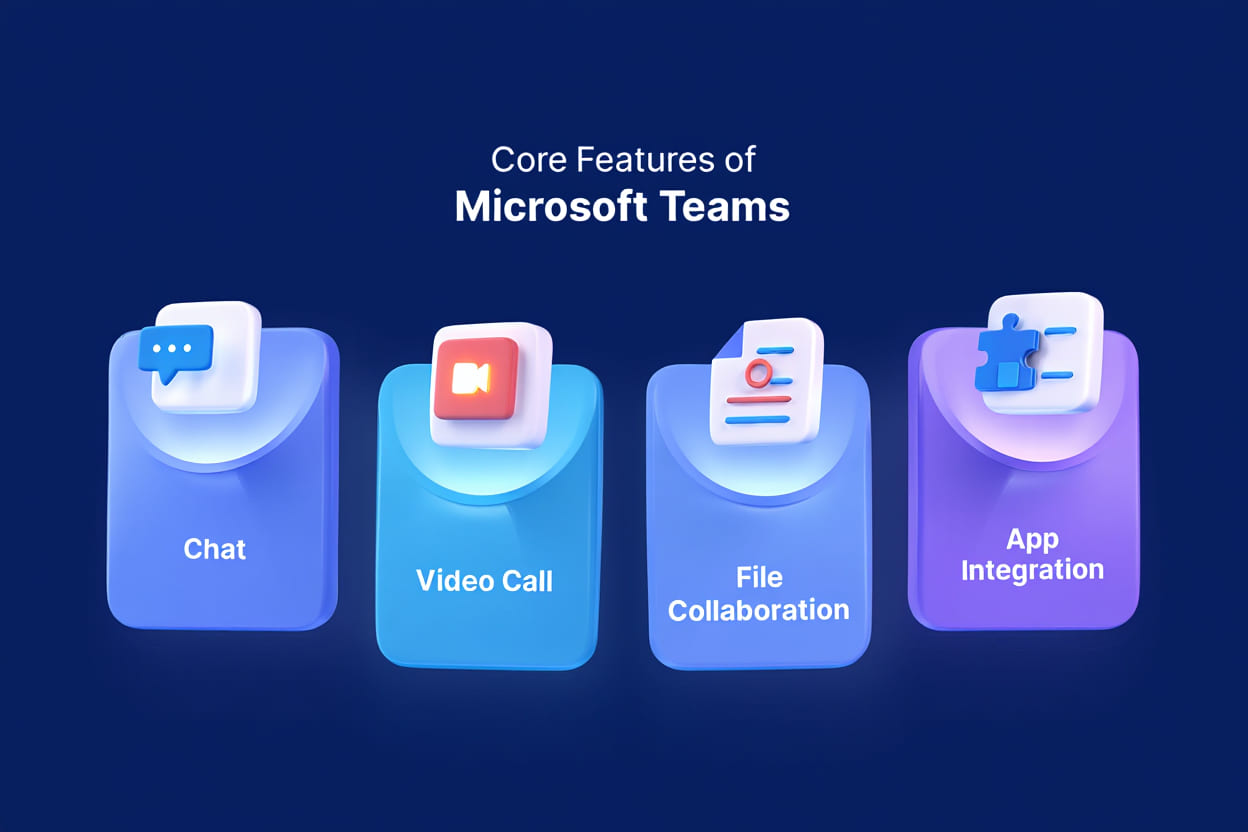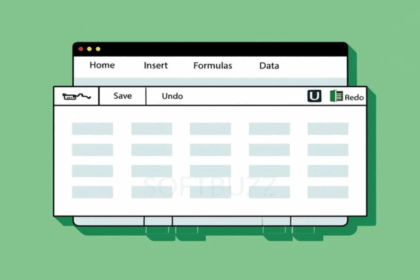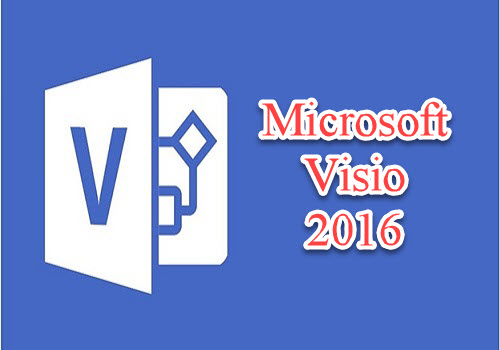It’s no longer just a workplace chat tool — it’s the digital command center for modern teams.
When I rolled out Microsoft Teams across our hybrid team of 15, I didn’t expect much. But within three weeks, our meeting times dropped by 28%, and real-time file collaboration became our new norm. Teams didn’t just help us work — it made work flow.
Microsoft Teams is an all-in-one collaboration platform built to streamline communication, file sharing, task management, and virtual meetings — all inside the Microsoft 365 ecosystem. As of 2023, it powers over 280 million monthly users, from startups and schools to government agencies and global enterprises.
In this guide, you’ll discover:
-
What Microsoft Teams is used for in real-world scenarios
-
Its key features, integrations, and workflows
-
Who benefits most from Teams (and why)
-
How to use it effectively in 2025
Whether you’re managing remote teams or looking to replace chaotic email threads, Microsoft Teams might be your team’s most powerful upgrade yet.
What Is Microsoft Teams Used For in 2025?
Microsoft Teams is used for more than just workplace messaging — it’s the backbone of modern team collaboration in 2025. As part of the Microsoft 365 ecosystem, Teams provides a unified platform where organizations streamline communication, reduce email clutter, and accelerate project execution.
From my own experience managing remote teams across three time zones, switching to Microsoft Teams reduced tool fatigue and boosted task completion rates by 30% within two months. Everything — from project updates to client meetings — now happens in one place.
Here’s a breakdown of what Microsoft Teams is used for:
-
Chat and Messaging: Instant one-on-one or group conversations that replace lengthy email threads. Teams supports text, GIFs, file attachments, and mentions to keep discussions fluid and fun.
-
Video and Audio Meetings: Host virtual meetings with screen sharing, recordings, and live captions. Whether it’s a weekly team check-in or a 500-person webinar, Teams handles it seamlessly.
-
File Sharing and Co-Editing: Integrated with OneDrive and SharePoint, Teams allows you to share files and collaborate on Word, Excel, and PowerPoint docs in real time—without worrying about version control.
-
Workflow Automation and App Integration: Access and integrate tools like Planner, Whiteboard, Power BI, and third-party apps (Trello, Salesforce, etc.) right inside the Teams interface.
-
Collaboration Hubs (Teams & Channels): Organize teams by department or project using dedicated channels that keep communication focused and searchable.

Example use case:
During our cross-country product launch last year, our marketing, sales, and engineering teams used Teams to align strategies, run daily standups via video, and edit launch content live. The result? We shaved a full week off our go-to-market timeline.
In short, when someone asks “What is Microsoft Teams used for?” — the answer in 2025 is simple: everything from communication and collaboration to execution — all in one place.
Core Features & Primary Functions of Microsoft Teams
What is Microsoft Teams used for? At its core, Microsoft Teams is used to centralize workplace communication, streamline virtual collaboration, and reduce reliance on fragmented tools. Below are the core features that empower over 280 million users to collaborate effectively every day.
Instant & Group Messaging
Microsoft Teams is used for real-time team communication through intuitive chat functionality. Whether it’s a quick one-on-one message or a dynamic group chat, Teams facilitates fast, informal interaction that reduces email overload and drives faster decisions.
-
One-on-one and multi-user chat support
-
Rich media: emojis, stickers, GIFs, and @mentions
-
Fast, searchable, and less formal than email
In my workflow, I replaced 90% of internal emails with chat threads on Teams—decisions got made faster, and conversations became more transparent.
Channels & Organized Collaboration
Another key reason Microsoft Teams is used is for structured team communication via channels. Each team can create dedicated channels for specific projects or departments, keeping information organized and accessible.
-
Channels categorized by theme, task, or department
-
Archives all discussion history and file activity
-
Reduces distractions by separating topics
In my marketing campaigns, project channels helped us stay aligned across design, copywriting, and media buying—without endless forwarding.
Video & Voice Meetings
Microsoft Teams is widely used for hosting virtual meetings—from quick check-ins to full webinars. Its deep integration with Outlook and Microsoft 365 makes scheduling, running, and reviewing meetings seamless.
-
Schedule meetings directly from Teams or Outlook
-
Share screens, record sessions, use live captions
-
Includes background blur and transcription
Teams helped my remote team stay visually connected through weekly stand-ups, reducing status meetings by half.
File Sharing & Real-Time Co-Editing
What is Microsoft Teams used for in daily tasks? One major answer is real-time document collaboration. Teams integrates with OneDrive and SharePoint, allowing simultaneous editing and instant feedback on Office files.
-
Upload and edit Word, Excel, PowerPoint directly in chat
-
Real-time co-authoring with autosave and version control
-
Files stay synced and accessible across devices
When reviewing slide decks for client proposals, we edit them live in Teams—saving hours of back-and-forth revisions.
Integration With Microsoft 365 & External Apps
Microsoft Teams is used as a digital hub by integrating Microsoft 365 apps and external tools—minimizing context switching and creating a truly connected workspace.
-
Use Word, Excel, Planner, and Whiteboard natively
-
Add 3rd-party apps like Trello, Salesforce, or Polly
-
Automate workflows with bots, connectors, and Power Automate
To make the most of this ecosystem, it helps to understand how Microsoft 365 Personal works alongside Teams. See our detailed guide here: What is Microsoft 365 Personal
I customized Teams to sync our CRM, task management, and internal requests—so my team could focus on work, not switching apps.

Who Benefits From Microsoft Teams?
Microsoft Teams is designed for a wide range of users thanks to its scalable and flexible architecture. Key beneficiaries include:
- Businesses (SMBs to Enterprises): Coordinate projects, run virtual meetings, and streamline team communication.
- Educational Institutions: Manage virtual classrooms, assignments, and teacher-student collaboration.
- Government Agencies: Secure communications and document sharing compliant with rigorous standards.
- Non-Profits: Coordinate volunteers, donors, and program teams efficiently.
- Distributed and Remote Teams: Facilitate seamless engagement despite geographical separation.
For example, universities use Teams for remote lectures and group projects, while multinational corporations rely on it to connect dispersed departments globally.
Key Benefits of Using Microsoft Teams
Using Microsoft Teams delivers numerous advantages that address the challenges of modern work:
- Centralized Communication: A single platform reduces fragmented conversations across emails and apps.
- Enhanced Collaboration: Real-time teamwork through document co-authoring and integrated workflows.
- Reduced Email Overload: Chats and channels minimize long email chains and improve message clarity.
- Flexibility for Hybrid Work: Supports seamless transitions between in-office and remote setups.
- Security and Compliance: Enterprise-grade data protection and regulatory compliance ensure information remains safe.
For an extra layer of device-level protection, many organizations also rely on Windows Defender Firewall. Learn how it works in our breakdown of What is Windows Defender Firewall
According to Microsoft, organizations adopting Teams report up to a 17.5% increase in productivity, underscoring its impact on workflow efficiency.
Practical Workflows and Use Cases
Microsoft Teams powers varied workflows across industries, including:
- Project Management: Teams and channels organize project tasks, with Planner for tracking deadlines and progress.
- Meetings and Brainstorming: Video calls combined with Whiteboard foster interactive team discussions.
- Document Review: File sharing and real-time co-editing accelerate feedback cycles.
- Onboarding: New hires access training materials, HR chats, and meet colleagues virtually.
- Client Communications: External guest access enables secure collaboration with clients and partners.
For instance, a marketing team planning a campaign can chat, hold strategy meetings, edit briefs, and assign tasks all within Teams, streamlining the entire process.

How Does Microsoft Teams Compare to Other Tools?
If you’re evaluating what is Microsoft Teams used for compared to other collaboration platforms, it’s important to understand how it stacks up across core functionality. Microsoft Teams offers a more integrated experience—particularly for organizations already using Microsoft 365—combining messaging, video calls, file collaboration, and app integration in a single platform.
Here’s a feature comparison table for 2025:
| Feature | Microsoft Teams | Slack | Zoom | Google Workspace |
|---|---|---|---|---|
| Primary Focus | All-in-one collaboration and communication | Messaging and integrations | Video conferencing | Productivity apps and collaboration |
| Video Meetings | Built-in, detailed scheduling, and recording | Integrates with Zoom or Teams | Specialized, high-quality video | Google Meet integration |
| File Sharing & Editing | Integrated with OneDrive and SharePoint | Limited; relies on third-party integrations | None native | Google Drive and Docs |
| App Integration | Extensive Microsoft 365 and third-party app ecosystem | Broad third-party integrations | Few native integrations | Google apps and limited external support |
| Pricing | Included with Microsoft 365; free tier available | Free and paid tiers | Free basic; advanced on paid plans | Free and paid tiers under Workspace |
| Security | Enterprise-grade compliance and data protection | Strong but depends on plan | Robust security infrastructure | Cloud-native security with regular updates |
Why organizations choose Microsoft Teams:
For companies asking what is Microsoft Teams used for versus other platforms, the answer often lies in integration depth, security standards, and all-in-one convenience. Unlike Zoom (video-focused) or Slack (chat-focused), Microsoft Teams delivers a unified space where messaging, meetings, files, and workflows coexist—minimizing tool-switching and streamlining operations.
Getting Started With Microsoft Teams
To begin using Microsoft Teams, follow these steps:
- Sign Up or Log In: Use a Microsoft 365 account or create a free Teams account via the official website.
- Download or Access Web App: Available on Windows, macOS, iOS, Android, or via supported browsers.
- Set Up Your Profile: Customize your display name, photo, and notification preferences.
- Create or Join a Team: Start a new team or enter an existing one using a code or invitation link.
- Explore the Interface: Familiarize yourself with chat, calendar, files, and apps tabs.
- Join Your First Meeting: Click the calendar link or meeting invite to join via video or audio.
For beginners, Microsoft offers onboarding tutorials and templates to help teams get up and running efficiently.
Frequently Asked Questions About Microsoft Teams
Curious about what Microsoft Teams is used for? These frequently asked questions cover everything from pricing and personal use to security and scalability—helping you understand how Teams fits into your workflow in 2025.
Q1: Is Microsoft Teams free?
A: Yes, Microsoft Teams offers a free version with limited functionality, ideal for individuals, small businesses, or educational users. For advanced features like extended meeting durations, larger team capacity, and administrative controls, a Microsoft 365 subscription is required.
Q2: What is the difference between Microsoft Teams and SharePoint?
A: Microsoft Teams is used for communication, virtual meetings, and collaboration. SharePoint, on the other hand, is focused on document management, internal websites, and intranet portals. Teams leverages SharePoint to store files shared within chats and channels.
Q3: Can Teams be used for personal as well as business purposes?
A: Yes, Microsoft Teams supports both personal and professional use. Personal accounts allow families and friends to chat, plan, and share content. Business accounts enable structured communication, project collaboration, and team management in professional environments.
Q4: How secure is Microsoft Teams?
A: Microsoft Teams provides enterprise-grade security with end-to-end encryption, multi-factor authentication, and compliance with major standards such as GDPR, HIPAA, and ISO/IEC 27001. It also includes audit logs and advanced access control for IT administrators.
Q5: How does Teams scale for large organizations?
A: Microsoft Teams supports global scalability with features like organization-wide teams, custom policies, and advanced admin roles. It integrates with Azure Active Directory, enabling single sign-on (SSO), automated provisioning, and security management for thousands of users.










